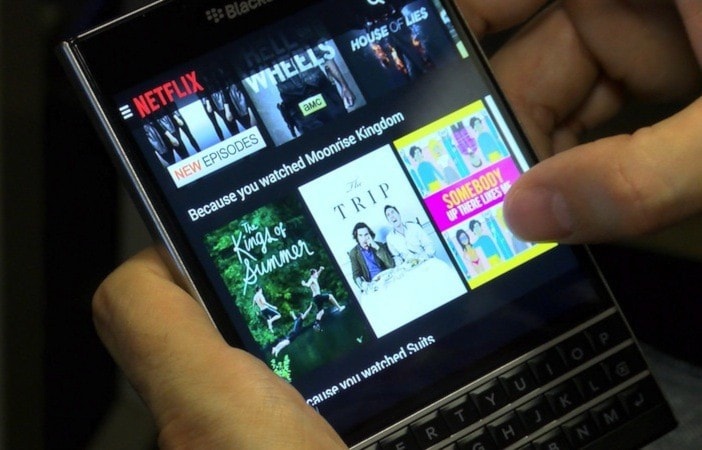BlackBerry released its new 'Passport' smartphone on Wednesday, a square-screened competitor to challenge the market-cornering products from Apple, Samsung, NTC, and others.
The company held its "boarding pass" event in three cities – a Toronto, Dubai, and London – today. (Another smartphone – the BlackBerry Classic – is set to be released later this year, and that phone could be previewed at Wednesday's rollout.)
"The growth rate may not be as high in this particular market, because of the saturation, versus for example India or China," said BlackBerry's CEO John S. Chen on Wednesday in Toronto. "This is where serious computing originate (sic). And, it is important for us to have a reasonable stronghold in this particular market.
"I intend to start capturing that back, and it will take time. But the best place to start is at the home team's place. This is why everything is focused on winning Canada."
Chen said Canadians still have an "emotional" connection to BlackBerry – "it certainly holds a very dear place in their heart," he said of the company, headquartered in Waterloo, Ontario.
The Passport keeps BlackBerry's keyboard but also has a touch screen, which can be used for typing special characters and shortcuts. The screen is large and flat, meant to mirror the shape of its government-issued namesake.
It is reviewed in the video above by The Canadian Press's Michael Oliveira.
"Really looks shockingly different than what you're used to," says Oliveira. "It's called the Passport because it's actually almost exactly the size of a passport.
"BlackBerry's basically trying to go after the business community. They're going after, not the consumers, they're really quick to tell you... What they say is that, with this wide screen, you basically get 60 characters across, which is kind of like the Holy Grail of what the publishing industry looks for."
Oliveira says the device's screen size allows for better reading of documents like PDFs, and he liked the theory behind the Passport's keyboard – which only has three rows of buttons now.
Numbers and punctuations can be typed using the touch screen add-on.
"I was still kind of stumbling over trying to get my text out without mistakes," says Oliveira, who had some trouble getting used to the new half-keyboard, half-touch typing. "I found that even though the keyboard was bigger, it wasn't necessarily easier to use. It might be the kind of thing that maybe after two weeks it would feel a lot more natural."
Video/Files: The Canadian Press
